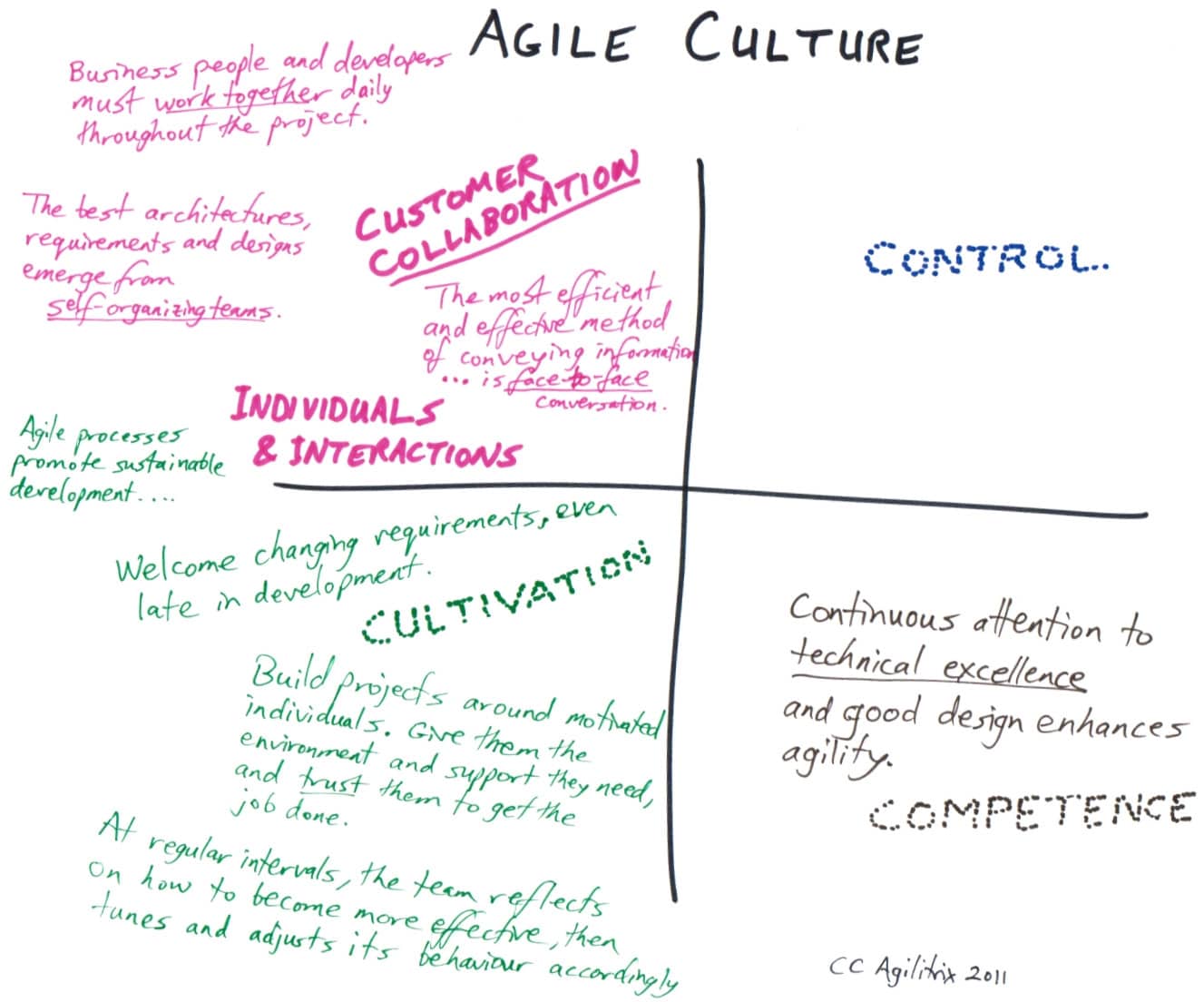Agile Design - Streamlining Product Growth for Faster Results
페이지 정보

본문
Intro
Agile Layout is changing the means teams create, test, and launch products. Combining active approach with design reasoning, Agile Design supplies a versatile and iterative strategy that allows teams to respond quickly to market changes, incorporate user comments, and continually enhance product high quality. As organizations progressively intend for a faster time-to-market and a far better user experience, Agile Design has actually become a useful method.
What is Agile Design?
At its core, Agile Design is the mix of nimble development concepts with user-centered design methods. Unlike typical approaches that depend on substantial upfront preparation, Agile Layout motivates iterative cycles and rapid responses. This framework concentrates on creating user-focused remedies by adapting to comments throughout the advancement process, lowering the risk of missed demands or late-stage changes. Agile Design eventually leads to an item that fulfills individuals' demands much more efficiently.
Trick Principles of Agile Style
User-Centric Strategy: Agile Style puts users at the facility. By regularly screening and refining based on responses, designers ensure the item lines up with real-world user expectations and needs.
Collaboration: Agile Layout highlights teamwork, breaking down silos and motivating close partnership between developers, developers, and stakeholders. This boosts interaction and makes sure that each team member's understandings notify layout choices.
Iterative Advancement: Agile Style depends on repetitive cycles-- short, focused sprints of work that result in quick models and fast screening. This enables teams to recognize and repair problems early, enhancing both rate and quality.
Adaptability: Agile design strategies Style adapts to altering demands throughout the task. Groups prioritize flexibility, adjusting as user demands progress or market conditions shift.
Advantages of Agile Layout
Agile Style provides a number of essential benefits. It speeds up time-to-market by developing area for quick adjustments, reduces thrown away resources, and lowers the danger of supplying a product that falls short of user expectations. In Addition, Agile Style cultivates a society of adaptability, making it less complicated for teams to pivot as new understandings emerge.
Executing Agile Style
To implement Agile Layout, beginning by damaging down the layout process into sprints, setting clear purposes for each and every phase. Foster a culture of cross-functional partnership by encouraging interaction in between all included teams. Regularly examination designs with actual individuals to ensure that the item remains aligned with developing requirements.
Combining active method with layout reasoning, Agile Design offers an adaptable and repetitive strategy that permits groups to react swiftly to market shifts, incorporate individual responses, and continuously enhance product quality. At its core, Agile Design is the mix of nimble advancement concepts with user-centered layout approaches. Agile Layout inevitably leads to a product that fulfills individuals' needs much more efficiently.
 To execute Agile Style, beginning by damaging down the style process right into sprints, establishing clear purposes for each phase.
To execute Agile Style, beginning by damaging down the style process right into sprints, establishing clear purposes for each phase.
Agile Layout is changing the means teams create, test, and launch products. Combining active approach with design reasoning, Agile Design supplies a versatile and iterative strategy that allows teams to respond quickly to market changes, incorporate user comments, and continually enhance product high quality. As organizations progressively intend for a faster time-to-market and a far better user experience, Agile Design has actually become a useful method.
What is Agile Design?
At its core, Agile Design is the mix of nimble development concepts with user-centered design methods. Unlike typical approaches that depend on substantial upfront preparation, Agile Layout motivates iterative cycles and rapid responses. This framework concentrates on creating user-focused remedies by adapting to comments throughout the advancement process, lowering the risk of missed demands or late-stage changes. Agile Design eventually leads to an item that fulfills individuals' demands much more efficiently.
Trick Principles of Agile Style
User-Centric Strategy: Agile Style puts users at the facility. By regularly screening and refining based on responses, designers ensure the item lines up with real-world user expectations and needs.
Collaboration: Agile Layout highlights teamwork, breaking down silos and motivating close partnership between developers, developers, and stakeholders. This boosts interaction and makes sure that each team member's understandings notify layout choices.
Iterative Advancement: Agile Style depends on repetitive cycles-- short, focused sprints of work that result in quick models and fast screening. This enables teams to recognize and repair problems early, enhancing both rate and quality.
Adaptability: Agile design strategies Style adapts to altering demands throughout the task. Groups prioritize flexibility, adjusting as user demands progress or market conditions shift.
Advantages of Agile Layout
Agile Style provides a number of essential benefits. It speeds up time-to-market by developing area for quick adjustments, reduces thrown away resources, and lowers the danger of supplying a product that falls short of user expectations. In Addition, Agile Style cultivates a society of adaptability, making it less complicated for teams to pivot as new understandings emerge.
Executing Agile Style
To implement Agile Layout, beginning by damaging down the layout process into sprints, setting clear purposes for each and every phase. Foster a culture of cross-functional partnership by encouraging interaction in between all included teams. Regularly examination designs with actual individuals to ensure that the item remains aligned with developing requirements.
Combining active method with layout reasoning, Agile Design offers an adaptable and repetitive strategy that permits groups to react swiftly to market shifts, incorporate individual responses, and continuously enhance product quality. At its core, Agile Design is the mix of nimble advancement concepts with user-centered layout approaches. Agile Layout inevitably leads to a product that fulfills individuals' needs much more efficiently.
 To execute Agile Style, beginning by damaging down the style process right into sprints, establishing clear purposes for each phase.
To execute Agile Style, beginning by damaging down the style process right into sprints, establishing clear purposes for each phase.- 이전글The Reasons Behind Getting Horny 24.11.14
- 다음글The Top Online Cam Chat Platforms for 2024 24.11.14
댓글목록
등록된 댓글이 없습니다.



















